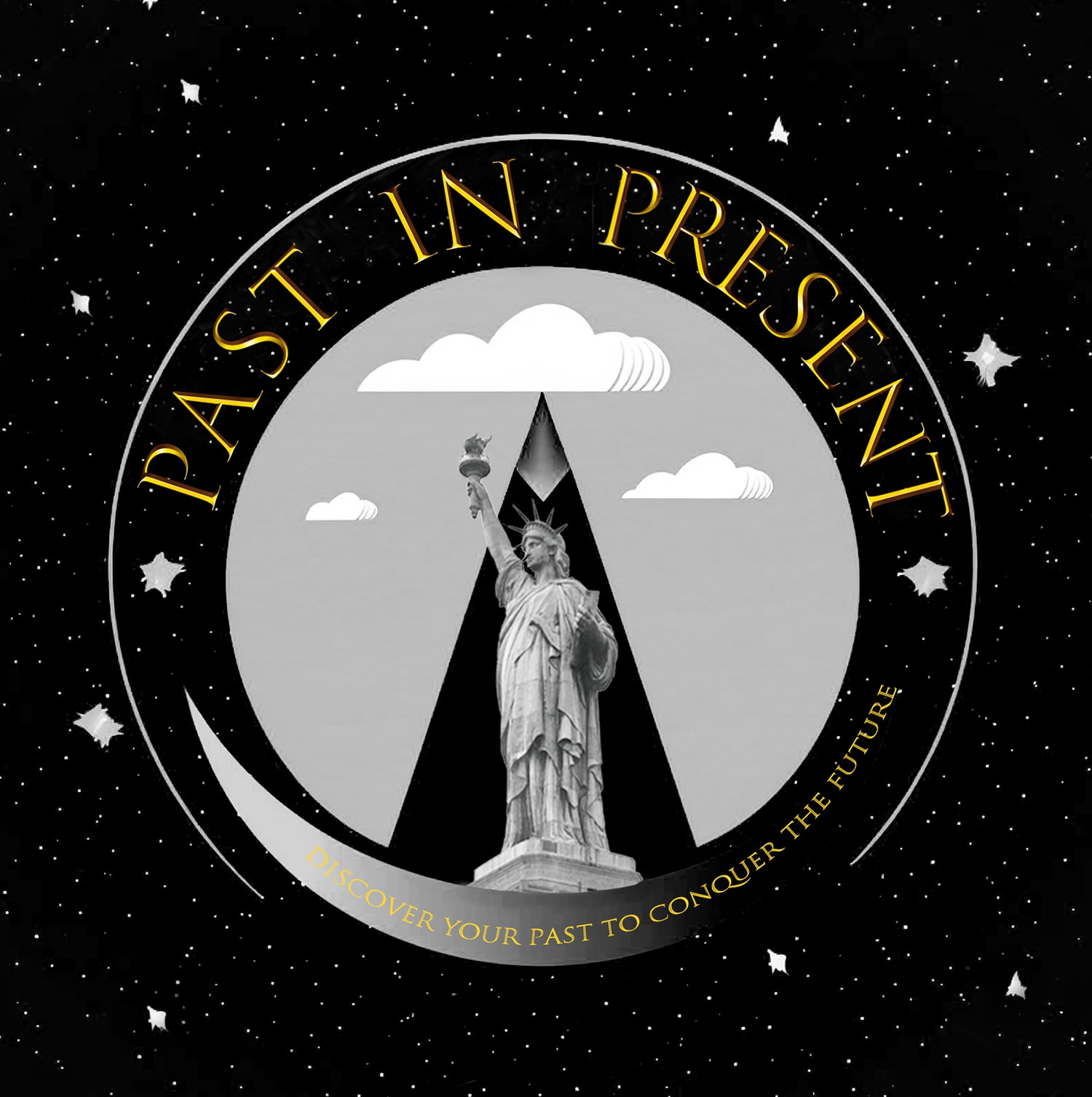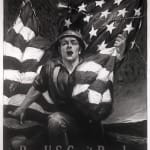 WWI Third Liberty Loan Poster by Sidney Riesenberg Image Of The Original War Time Canvas Nailed to the Wall 1918
WWI Third Liberty Loan Poster by Sidney Riesenberg Image Of The Original War Time Canvas Nailed to the Wall 1918
 WWI Third Liberty Loan Poster by Sidney Riesenberg Image Of The Original War Time Canvas Nailed to the Wall 1918
WWI Third Liberty Loan Poster by Sidney Riesenberg Image Of The Original War Time Canvas Nailed to the Wall 1918
 WWI Third Liberty Loan Poster by Sidney Riesenberg Image Of The Original War Time Canvas Nailed to the Wall 1918
WWI Third Liberty Loan Poster by Sidney Riesenberg Image Of The Original War Time Canvas Nailed to the Wall 1918
 Original vintage glass camera negative, 1918 (display only not for sale)
Original vintage glass camera negative, 1918 (display only not for sale)
WWI Third Liberty Loan Poster by Sidney Riesenberg Image Of The Original War Time Canvas Nailed to the Wall, 1918
Further images
The poster depicts a soldier charging up a hill while an American Flag is draped across his back. The soldiers’ mouth is agape, and he has a look of fear in his eyes. This imagery was meant to target a civilian’s thoughts of their loved ones fighting in Europe. The poster encouraged the viewer to purchase a Liberty Loan to support the soldiers and end the war. Liberty Loans were bonds that the government sold so they could keep up with the expenses of war. These were sold back to the government after the war. This poster was created and reproduced as a lithographic print at the time of its distribution.
This poster was executed sometime during the spring or summer of 1918 when the Third Liberty Loan campaign was underway. Unlike the first two Liberty Loan campaigns, the third was aimed primarily at the heart of America, her small towns and rural communities.
Sidney Harry Riesenberg (12 December 1885 – 11 October 1971) was an illustrator and artist who lived in Yonkers, New York. He was known as a professional illustrator for his posters for the United States Marine Corps and the Liberty bond programs, for his illustrations for book covers, magazines, and for oil paintings of diverse subjects. Of Riesenberg's work, his contributions during World War I are well known and he is described as "one of the greatest illustrators of the World War I era." Riesenberg's style, it has been said, shows influences from Impressionism.
He produced many posters for the US Marine Corps in addition to posters advertising the Liberty Loan campaign during World War I. One of Riesenberg's most well known works is his 1918 World War I-era poster, Over the Top for You, which illustrates a young doughboy clutching the American flag. With its bold illustration and concise text, like many war posters of the time, Over the Top for You encouraged the public to support its military by purchasing liberty loans. Among other posters, it was selected to display in the Smithsonian American Art Museum under the exhibit, Over the Top: American Posters from World War I. Riesenberg also created several posters for the United States Navy, one of which, titled Democracy's Vanguard, illustrates Marines landing from a boat to initiate an offensive. Another illustrated uniformed soldiers raising the flag against the background of a warship.
Riesenberg created illustrations, including covers, for many national publications such as Boys' Life Magazine, the monthly magazine of the Boy Scouts of America, Harper’s, The Saturday Evening Post, Collier's, Life and Scribner's. The many thematic subjects of his fine art included scenes from places he lived, historical and action scenes, portraits, as well as the Old West.








